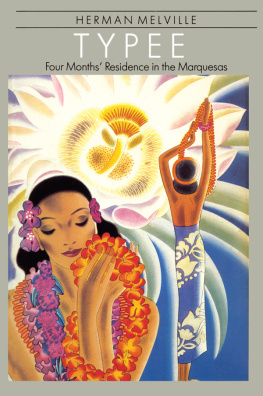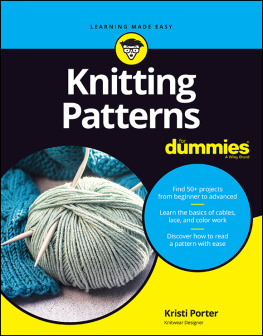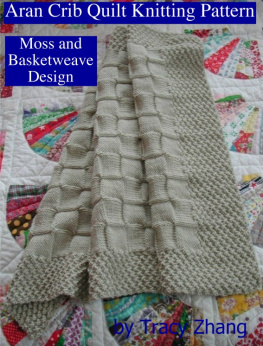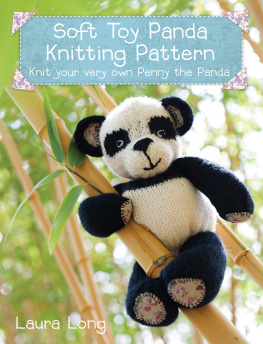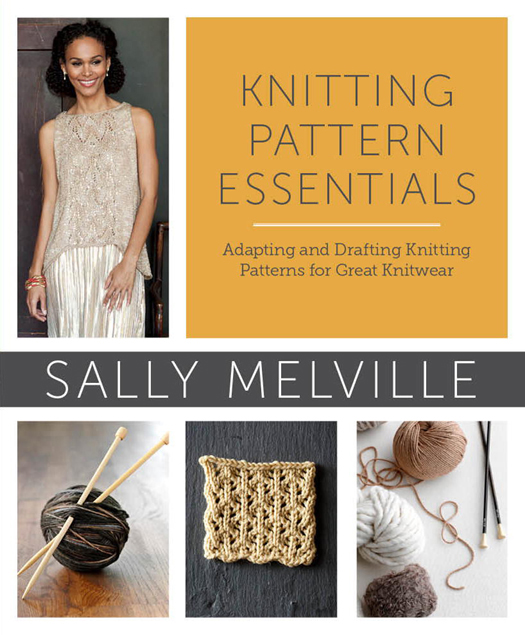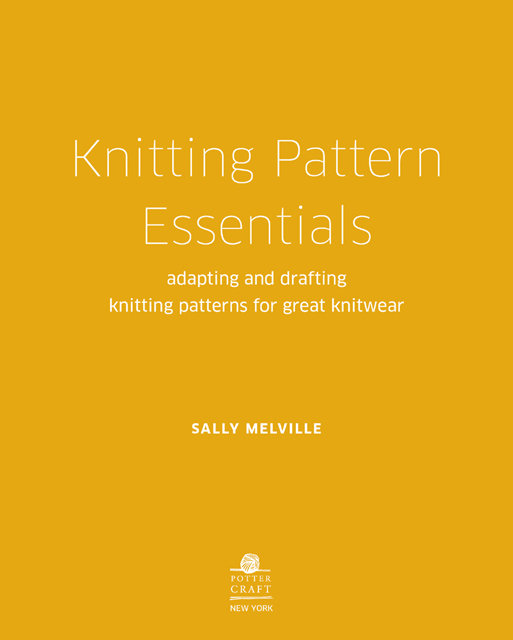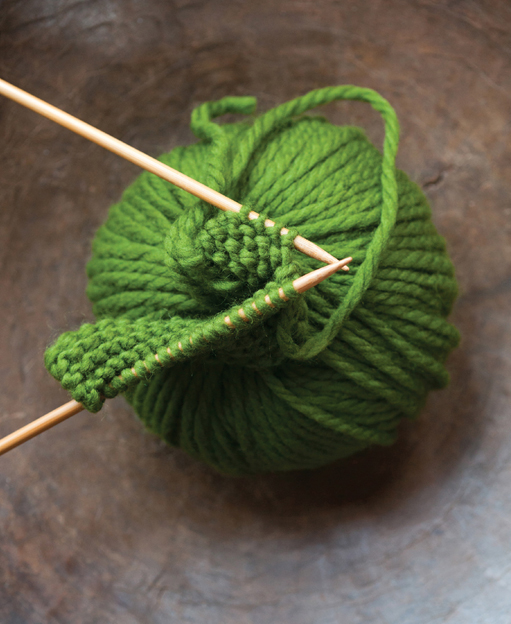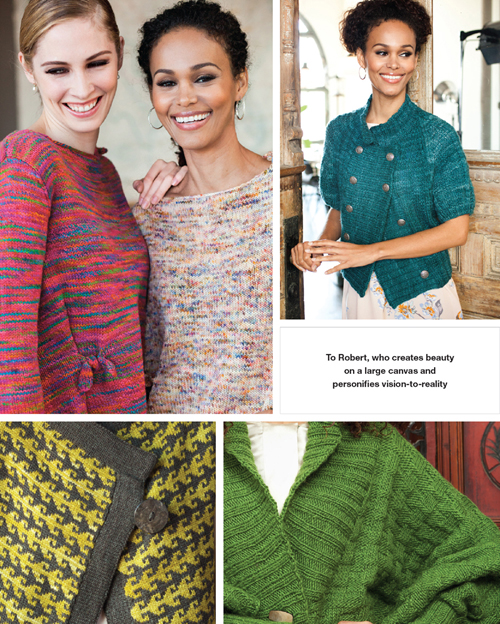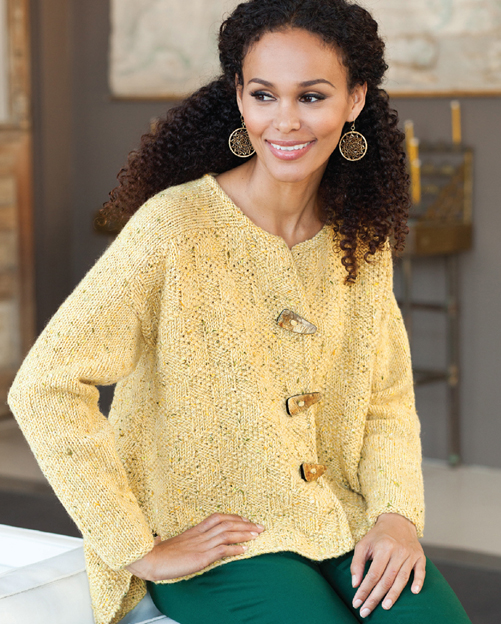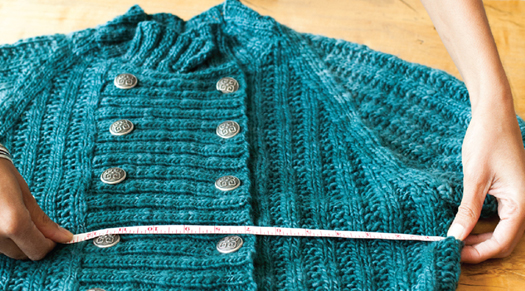Copyright 2013 by Sally Melville
Photographs copyright 2013 by Potter Craft
All rights reserved.
Published in the United States by Potter Craft,
an imprint of the Crown Publishing Group,
a division of Random House, Inc., New York.
www.pottercraft.com
www.crownpublishing.com
POTTER CRAFT and colophon is a registered trademark of Random House, Inc.
This ebook edition contains a bonus chapter by the author.
Library of Congress Cataloging-in-Publication Data
Melville, Sally.
Knitting pattern essentials : adapting and drafting knitting patterns
for great knitwear / Sally Melville.1st edition.
Includes index.
1. KnittingPatterns. 2. KnitwearPattern design. I. Title.
TT825.M4543 2015
746.432dc23 2012015715
ISBN 978-0-307-96557-8
eISBN: 978-0-307-96558-5
Interior photographs: Rose Callahan
Front cover photographs (clockwise from top): Rose Callahan,
Andrew McCaul/Getty Images, Rose Callahan, Ocean/Corbis
Back cover photographs: Rose Callahan
v3.1

CONTENTS
Introduction
I believe that whatever level knitter you are, this book is for you.
We dont love what we dont understand. As newer knitters, we often follow published patterns without questionpatterns that may not be well written, patterns that may not be appropriate to our skill level, patterns for garments that bear no resemblance to the clothes we actually wear. We finish the garment or not and it looks okay or not. In the latter case, were not quite sure whats wrong, butwithout breaking stridewere off to the yarn shop for more yarn. (Knitters are unfailingly optimistic!) But, sadly, if this happens often enough, eventually, we decide we werent meant to make garments and so restrict ourselves to knitting socks and shawls.
I too knit socks and shawls. But I also knit sweaters and coats and dresses and veststhat I wear. And I wish the same for all of you. Because isnt the following dialogue what we want to hear every time we knit what we wear, and wear what we knit?
Other person: Wow, I love your sweater [coat, dress, vest]! Whered you get it?
You: I knit it myself!
Other person: You made it yourself! I need to learn how to knit!!!
And shes right: she should learn to knit! Why not makeand have hours of pleasure doing sothe one sweater that we treasure rather than spending hard-earned cash on the six we dont? Why not revert to the way humans have lived for most of their historyas makers rather than consumers?
One group for whom this book is written is the newer knitteryou who want to continue to knit from published patterns but understand them well enough to knit pieces you are proud to wear. You should read the sections on blindly, and thats a wonderful thing. (I was once asked What is the most common mistake knitters make? The words that flew out of my mouth were They follow the pattern! After you read about your essential measurements, youll understand why I said that, and youll start adjusting patterns accordingly.) Eventually, you may read the whole book. And then youll move into the second camp.
The second group for whom this book is intended is those who have been knitting for some time. You want to be liberated from published patterns and given the power to do your own thing. Fabulous! I salute you! I may never sell you another pattern, but Im so okay with that!
To you, Id advise the following steps.
Find a garment you love (something you did not knit) to copy. This step is optional but a great place to start (see ).
Find appropriate yarn and start swatchingwhile reading on the basics of drafting, choosing a style, and more.
Proceed to find the shapes that, when put together, give you the garment you want.
Read about them, write your pattern, knit your garment and have fun!
For any knitter at any level, the first priority is to have fun. (Why would you want to continue doing something that isnt fun?!?) But what exactly does have fun mean? Does it mean to knit with joy and enthusiasm and the expectation of a perfect result? No, it does not. It means to knit with joy and enthusiasm and realistic expectations. If your experience is like mine, you might actually knit each piece of your garment twice (or more) before you get something that works. (One of my favorite garments had pieces that were knit four times before I got it right. And the original sleeves had to be reknit in a different yarn. But the result was worth every moment of rip and reknit.) My mantra comes from the poet Maya Angelou: You did the best you could until you knew better, and when you knew better you did better.
As we learn more and get better, we sometimes seewhile knittingthat something is wrong and that we need to rip. (If you know what the problem is, dont let the sun set before ripping past it: if youre not sure, sleep on it and hope for enlightenment.) But if the thought of ripping makes you anxious well, the truth is that you need to get over it. You will rip! I routinely rip (see for how to reuse yarn), and Ive long given up cursing. Its just part of the process. Please do not think of it as failure. Rather, its an essential part of the learning process. As Albert Einstein said, Anyone who never made a mistake never tried anything new. The trick is to recognize mistakes early, learn what you need to not repeat them, then start over.
Sometimes the mistakes dont reveal themselves until the garment is done. Thats okay, too. Just because its finished does not mean its a done-deal disaster. Most offers some common solutions that I have learned and used to rescue garments that did not emerge perfectly formed with my first efforts.
As Winston Churchill said, Creativity is the ability to go from one failure to another with no loss of enthusiasm. With tenacity and optimism, this is exciting stuff! Once you fire your brain cells with the new skills you learn, you will crave a repeat experience. Once you repeat the experience, youll gain confidence. Once you create something that is entirely your own, your sense of accomplishment will soar and you wont want to work any other way. And once you knit and wear something wonderfully original well, who knows what life may bring?
How This Book Is Written
I do not see pattern drafting as a difficult process. To help you, I kept the writing concise: I dont use more steps or more explanation or more math than I think you need.
For those of you who are experienced knitters, this work will answer many questions. But how should you proceed if you are less experienced? You can keep knitting from published patterns, reading any relevant sections from this book to understand what the pattern asks of you. Or you can decide to draft your own garments by following the material in this book, knowing that its one-step-at-a-time format will soon make wonderful and liberating sense.



